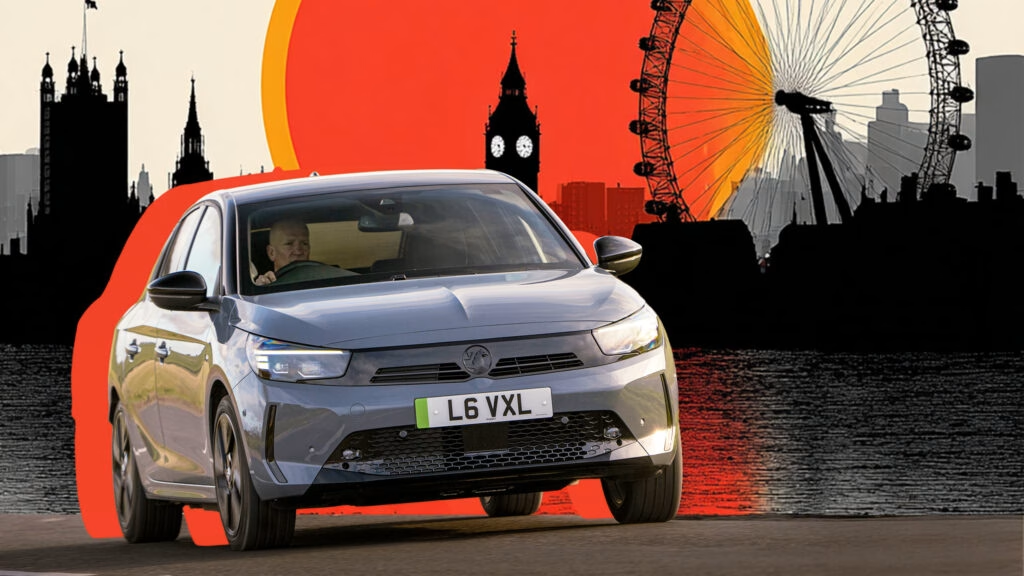Why Is the UK Bringing Back Electric Car Discounts Now?
After a three-year hiatus, the UK government is reviving its electric vehicle (EV) subsidy scheme—something many drivers and automakers have been calling for since the original grants were scrapped in 2022. The timing isn’t random. Despite a solid start, EV adoption in Britain has hit a plateau, with electric cars making up just 22 percent of new car sales in the first half of 2025. That’s a decent figure, but still well below the government’s ambitious 28 percent target. With the looming 2030 ban on new petrol and diesel cars, policymakers are feeling the pressure to get more drivers behind the wheel of an EV, and fast.
What Does the New EV Grant Actually Offer?
Here’s the deal: buyers can get discounts ranging from £1,500 to £3,750 on new electric vehicles, but only if the car costs £37,000 or less. That’s roughly $49,700 at current exchange rates. The size of the grant depends on how environmentally friendly the vehicle is, with the greenest models getting the biggest break. The government has set aside £650 million for the scheme, which will run for three years. There’s also an extra £63 million earmarked for expanding the UK’s EV charging network—a nod to the fact that range anxiety and charging access remain two of the biggest hurdles for would-be EV owners.
Which Cars Qualify—and Which Don’t?
This is where things get interesting. The £37,000 price cap means that many of the flashier EVs—think Tesla Model 3 or Hyundai Ioniq 5—are out of reach for the grant. But there’s still a healthy list of options. Models like the Dacia Spring, Renault 5, Vauxhall Frontera Electric, and Kia EV3 all make the cut, along with about 33 other EVs currently on sale for £30,000 or less. The focus is clearly on making electric mobility accessible to everyday drivers, not just early adopters with deep pockets.
Will This Move the Needle on EV Adoption?
If history is any guide, the answer is yes. The UK’s original EV grant, which offered up to £7,500 off the sticker price, was a game-changer for the market. It helped drive a surge in electric car sales and made Britain one of Europe’s EV leaders. When the grant was axed in 2022, sales growth slowed, and some automakers even started limiting the number of combustion engine cars they sold to avoid government fines for missing EV quotas. The new grant is smaller, but it’s expected to give the market a much-needed jolt—especially for budget-conscious buyers.
How Are Carmakers and Dealers Responding?
Manufacturers are already eyeing ways to make their EVs eligible for the grant. Don’t be surprised if you see some models getting price tweaks or stripped-back trim levels designed to sneak under the £37,000 threshold. For automakers struggling to hit government-mandated EV sales targets, this is a lifeline. It also levels the playing field a bit, giving smaller, more affordable EVs a fighting chance against pricier rivals.
What About Charging Infrastructure—Is the UK Ready?
One of the biggest reasons drivers hesitate to go electric is concern about charging. The government’s additional £63 million investment in public chargers is a step in the right direction, but it’s just the tip of the iceberg. According to the UK Department for Transport, the country had around 60,000 public charging points as of early 2025, but experts estimate that number needs to double by the end of the decade to keep up with demand. The new funding will help, but local councils and private companies will need to keep pace if the UK is serious about its 2030 goals.
Are There Any Hidden Downsides or Criticisms?
Not everyone is cheering. Some critics argue that the £37,000 cap excludes too many popular models, and that the grant should be more generous to match the higher upfront cost of EVs compared to petrol cars. Others point out that, while subsidies help, they’re only part of the puzzle—battery costs, charging speed, and secondhand EV values are all factors that need attention. Still, most industry analysts agree that some support is better than none, especially as other countries continue to offer incentives of their own.
How Does the UK’s Approach Compare to Other Countries?
The UK is hardly alone in using subsidies to drive EV adoption. France, Germany, and Norway all offer their own versions of grants or tax breaks, though the specifics vary. What sets the UK apart is its aggressive timeline: the 2030 ban on new combustion engine cars is five years ahead of the EU’s target. That’s a bold move, but it means the pressure is on to make EVs mainstream—and affordable—sooner rather than later.
What Should Buyers Do Next?
If you’re in the market for a new car and have been on the fence about going electric, now’s the time to do your homework. Check which models qualify for the grant, compare running costs, and keep an eye on new releases—manufacturers are likely to roll out more affordable options to take advantage of the subsidy. And don’t forget to factor in charging: look at what’s available in your area and whether your home setup can handle an EV.
The big takeaway? The UK’s revived EV grant isn’t about perfection—it’s about smarter adjustments. Start with one change this week, and you’ll likely spot the difference by month’s end.

